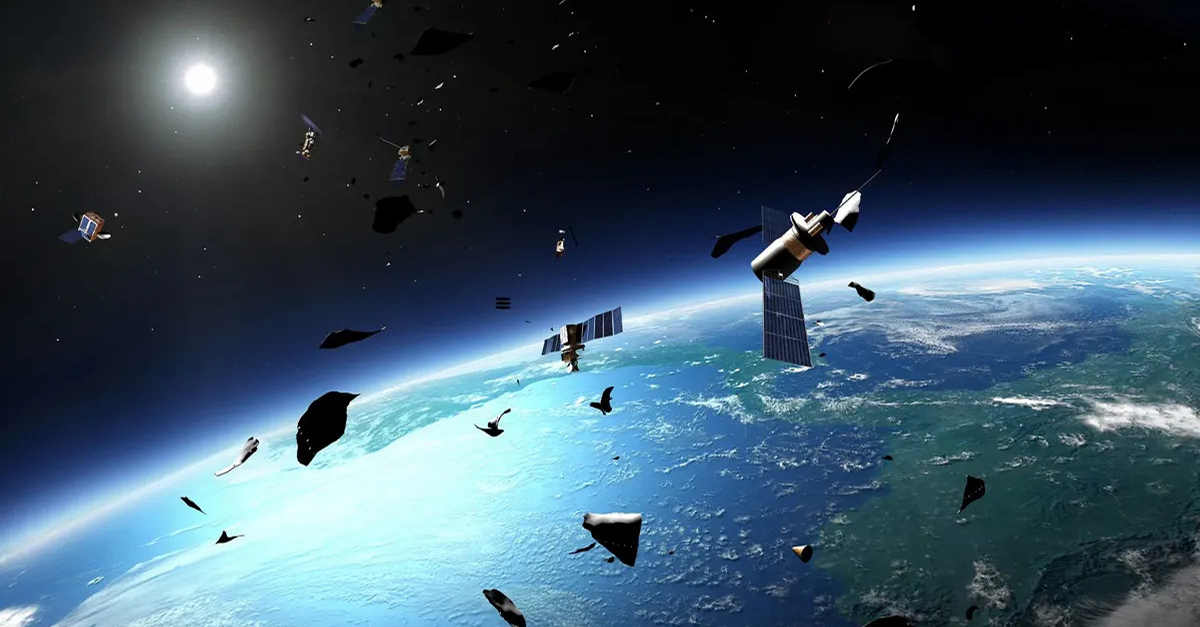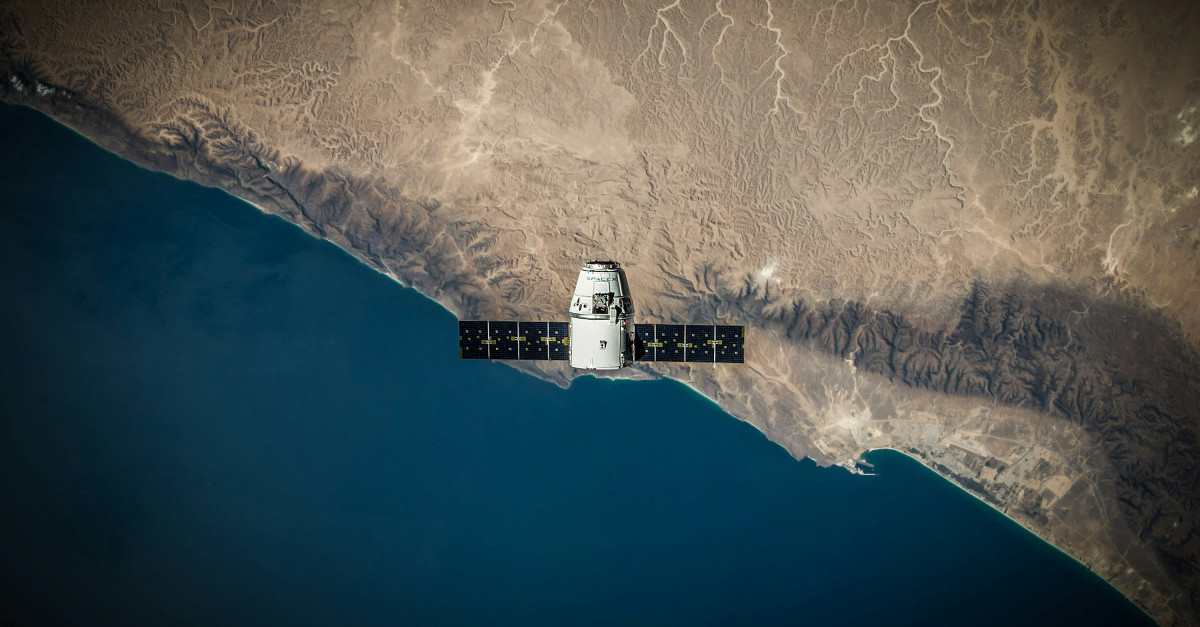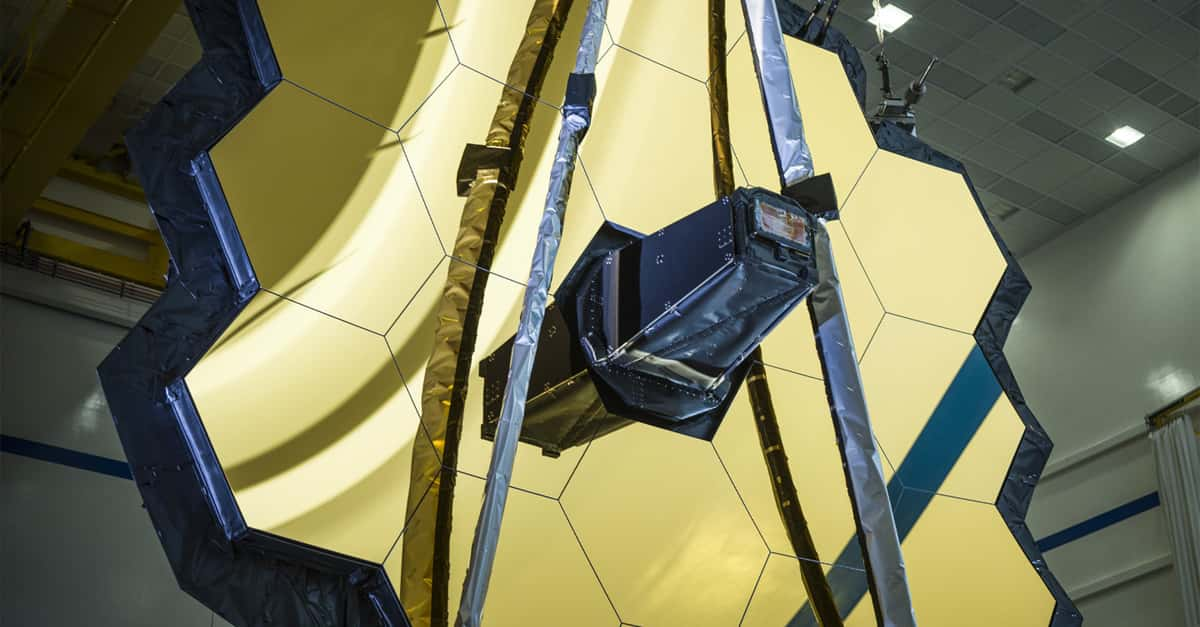Since the launching of Sputnik in 1957, an estimated 20,000 more satellites have been sent up into space. About 70% of those are still in orbit. Others have fallen back to Earth or started to break apart. This debris, or “space junk” creates a danger for future space missions and a potential hazard for people back on Earth.
The Growing Danger On The Ground
December 30 was a day like any other in Mukuku village, Kenya—except for the over 1,000-lb, 10-foot-wide titanium ring that was found smoldering in a field. The ring was quickly identified as space junk that had fallen out of orbit, its titanium structure preventing it from burning up in the ferocious temperatures of re-entry into Earth’s atmosphere. Had it fallen on homes or other buildings, the consequences of the event would’ve been catastrophic.
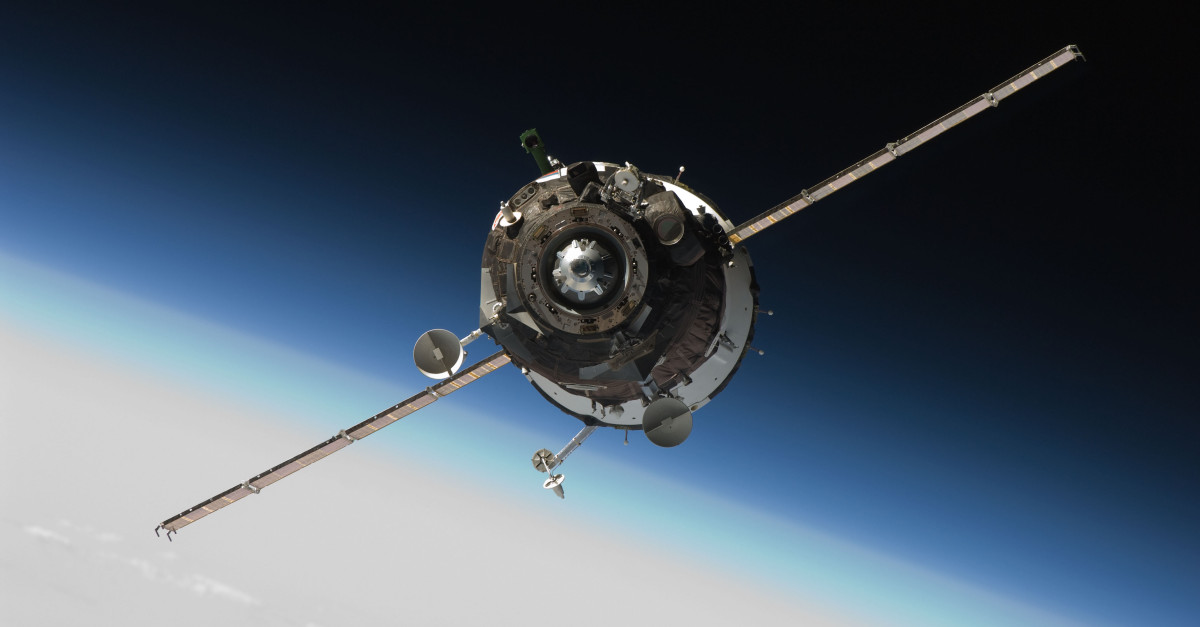 Expedition 20 Crew, NASA, Wikimedia Commons
Expedition 20 Crew, NASA, Wikimedia Commons
Congestion In Orbit
Low Earth orbit is a layer of space that spans from 100 to 1200 miles above the Earth’s surface. This orbital space contains all the satellites and space stations that people have launched skyward. Well, all except those that have already plunged to Earth.
The First Signs Of A Problem
Skylab was launched as the first working space research station in 1973, but its orbit decayed by 1978. As the 100-ton station plummeted out of orbit, NASA engineers tried to guide it over the Indian Ocean, but some sections fell in Western Australia. Noone was hurt, but it was the start of a hazard that has only got worse in the decades since.
Threat Escalation
Space agencies now estimate that there are approximately 600,000 pieces of space junk between the size of 1–10 centimeters spinning around Earth. Worse, as more debris clutters Low Earth orbit, collisions between these fragments create even more debris that change direction in unpredictable ways. The pieces include everything from small fasteners to flakes of paint. As more and more pieces of debris are generated, these also go into orbit, hurtling around the planet at 4–5 miles a second, or 18,000 miles an hour.
Bits And Pieces
While small pieces represent a danger to satellites, the International Space Station, and spacewalking astronauts, it’s the 36,000 chunks of debris larger than 10 centimeters that are an even bigger danger. Very few of the commercial satellites can be controlled on re-entry, meaning that the threat to people on the ground will only grow in the years ahead.
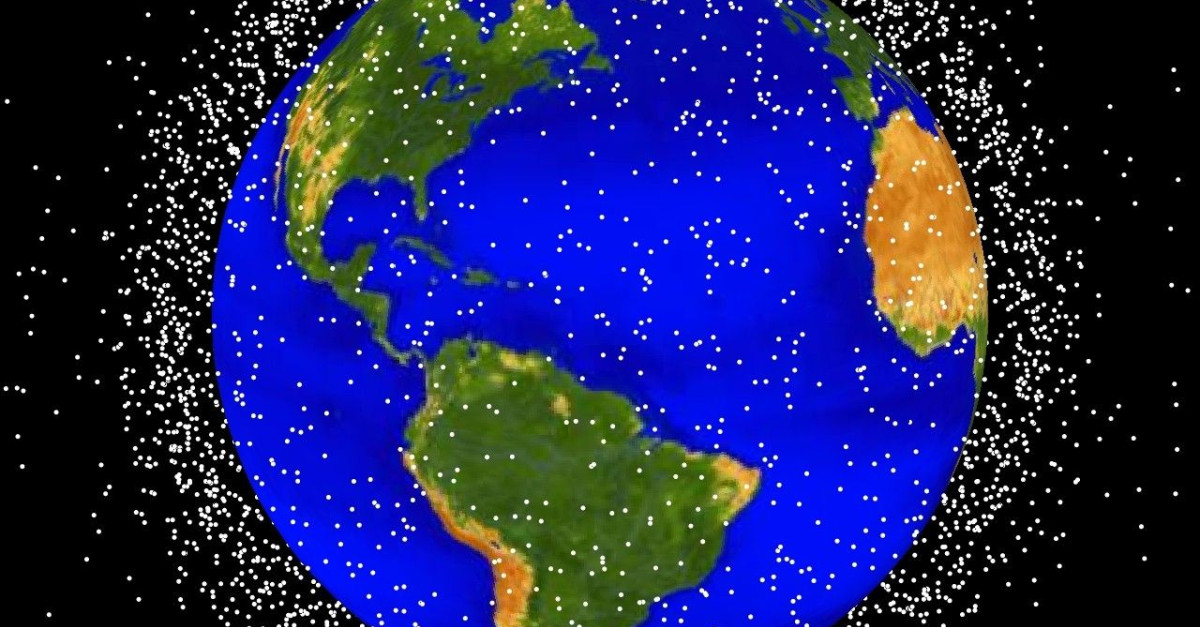 NASA employee, Wikimedia Commons
NASA employee, Wikimedia Commons
Tracking The Incoming Danger
While the threat to Earth from asteroids has been a constant since the dawn of time and can be monitored by humans, the threat from large man-made objects is different due to the sheer number of them up there. Some say that if the problem gets bad enough, Low Earth orbit would become unusable for future satellites, and future space exploration put on hold. With 3,000 defunct satellites aimlessly spinning around Earth, it’s a problem that isn’t going away anytime soon.
You May Also Like:
Out-Of-This-World Facts About SpaceX
Mind Exploding Facts About Rocket Science

